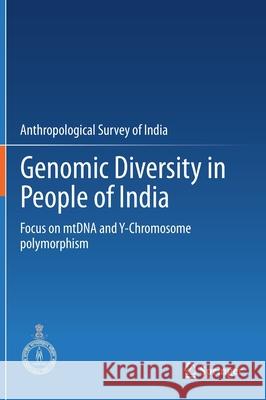Genomic Diversity in People of India: Focus on Mtdna and Y-Chromosome Polymorphism » książka
topmenu
Genomic Diversity in People of India: Focus on Mtdna and Y-Chromosome Polymorphism
ISBN-13: 9789811601620 / Angielski / Twarda / 2021 / 431 str.
Genomic Diversity in People of India: Focus on Mtdna and Y-Chromosome Polymorphism
ISBN-13: 9789811601620 / Angielski / Twarda / 2021 / 431 str.
cena 605,23
(netto: 576,41 VAT: 5%)
Najniższa cena z 30 dni: 578,30
(netto: 576,41 VAT: 5%)
Najniższa cena z 30 dni: 578,30
Termin realizacji zamówienia:
ok. 22 dni roboczych
Bez gwarancji dostawy przed świętami
ok. 22 dni roboczych
Bez gwarancji dostawy przed świętami
Darmowa dostawa!
Kategorie BISAC:
Wydawca:
Springer
Język:
Angielski
ISBN-13:
9789811601620
Rok wydania:
2021
Wydanie:
2021
Ilość stron:
431
Waga:
1.02 kg
Wymiary:
25.4 x 17.78 x 2.54
Oprawa:
Twarda
Wolumenów:
01
Dodatkowe informacje:
Wydanie ilustrowane











